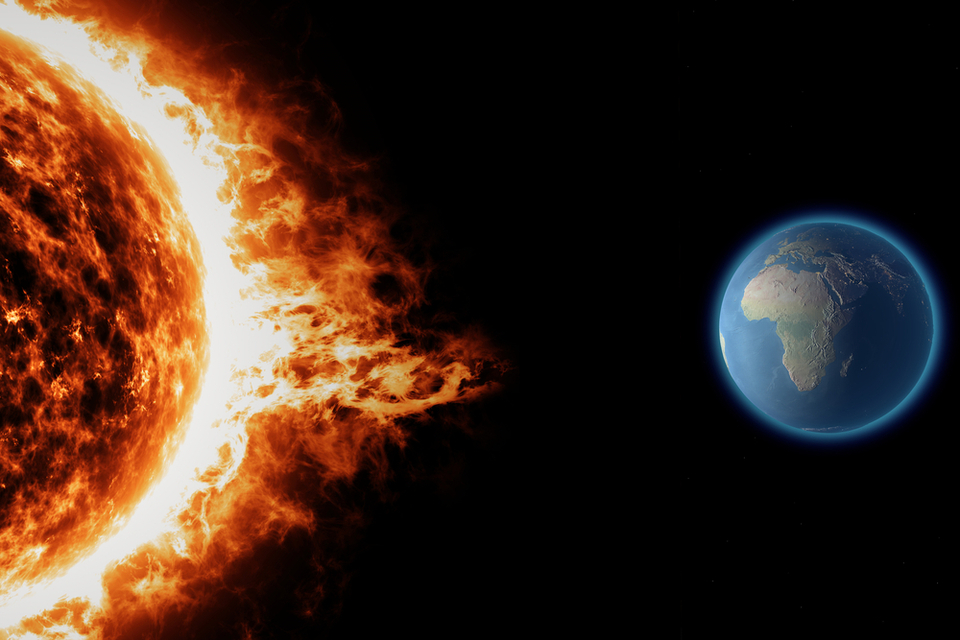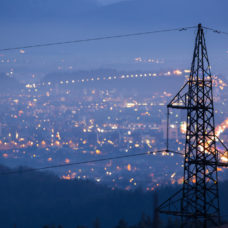A team of scientists has developed a machine learning technique to improve space weather forecasts and provide a better understanding of solar data.
Flares erupting from the Sun can impact the Earth within minutes.
For example, a massive solar storm barely missed Earth back in July 2012. According to Pete Riley of Predictive Science, there’s a 12 percent chance of such an event occurring.
As such, real-time processing of solar data is essential to stay on top of the event. However, that has never been easy.
Currently, forecasters summarize conditions on the Sun twice a day to predict incoming space weather. As you can imagine, this entails collecting tons of data.
Aside from the hand-drawn maps labeled with solar features, solar imagers produce a new set of observations every few minutes. For example, the Solar Ultraviolet Imager runs on a 4-minute cycle and collects data in six different wavelengths in each cycle.
Keeping up with all the data could be a bit challenging. So, it became necessary to develop a tool that could process solar data into digestible chunks.
The scientists at NOAA‘s National Centers for Environmental Information (NCEI) and CIRES developed a machine learning tool that does just that.
Developing an Algorithm to Process Solar Data in Real-Time
A computer scientist in NCEI, J. Marcus Hughes, developed a computer algorithm for the SUVI images. Not only could the system analyze the images simultaneously, but it could also spot patterns in the data.
Next, Hughes and his colleagues had to create a database of expert-labeled maps of the Sun. Using these images, they trained the system to recognize solar features that are essential for forecasting.
Hughes noted:
“We didn’t tell it how to identify those features, but what to look for — things like flares, coronal holes, bright regions, filaments, and prominences. The computer learns how through the algorithm.”
To identify solar features, the algorithm examines an image one pixel at a time. Then, it decides if a specific pixel is either brighter or dimmer than a certain threshold, before sending it to a category – like a flare.
After undergoing the initial training, the system can classify millions of pixels within seconds. So, forecasters will understand what’s happening on the Sun faster than before.
Also, the algorithm can help scientists evaluate long-term solar data, which in turn could help improve models of the Sun.



















Investment is one of the best ways to achieve financial freedom. For a beginner there are so many challenges you face. It’s hard to know how to get started. Trading on the Cryptocurrency market has really been a life changer for me. I almost gave up on crypto at some point not until saw a recommendation on Elon musk successfully success story and I got a proficient trader/broker Mr Bernie Doran , he gave me all the information required to succeed in trading. I made more profit than I could ever imagine. I’m not here to converse much but to share my testimony; I have made total returns of $20,500.00 from an investment of just $2000.00 within 1 week. Thanks to Mr Bernie I’m really grateful,I have been able to make a great returns trading with his signals and strategies .I urge anyone interested in INVESTMENT to take bold step in investing in the Cryptocurrency Market, he can also help you RECOVER your lost/stolen Cryptocurrencies. you can reach him on WhatsApp : +1(424) 285-0682 or his Gmail : BERNIEDORANSIGNALS@ GMAIL. COM bitcoin is taking over the world, tell him I referred you
I almost lost my investment capital and profits trading online, they wouldn’t process my withdrawal request . All efforts to reach out to their customer support desk had declined, I found it very hard to move on. God so kind I followed a broadcast that teaches on how scammed victims can recover their fund through the help of Gavin ray a recovery specialist, I contacted his email provided for consultation, I got feedback after some hours and I was asked to provide all legal details concerning my investment, I did exactly what they instructed me to do without delay, to my greatest surprise I was able to recover my money back including my profit which my capital generated. I said I will not hold this to myself but share it to the public so that all scammed victims can get their funds back. Contact his mail: gavinray78 @ gmail com or WhatsApp 1 352 322 2096.